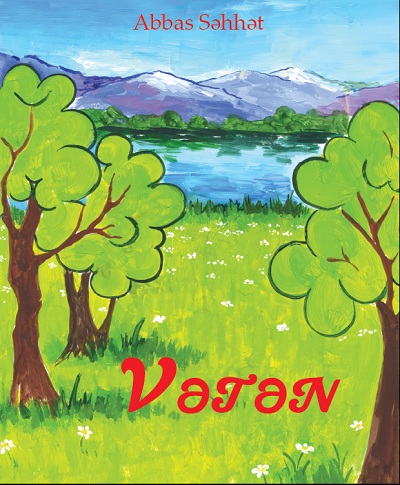Azerbaijan Warns the Human Cost of Armenian Occupation Could Dwarf the Emerging Environmental Disaster
 The materials are being published in world media regarding international conference “Geopolitcs of Azerbaijan and Energy Security of Europe” in Vienna on 10th June of this year. According to the information provided by the office of Mr. Elkhan Suleymanov, Chairman of Azerbaijani Delegation to the Euronest PA and MP from Shamakhi, the following material was placed on 341 online websites in English, German and French.
The materials are being published in world media regarding international conference “Geopolitcs of Azerbaijan and Energy Security of Europe” in Vienna on 10th June of this year. According to the information provided by the office of Mr. Elkhan Suleymanov, Chairman of Azerbaijani Delegation to the Euronest PA and MP from Shamakhi, the following material was placed on 341 online websites in English, German and French.
 The materials are being published in world media regarding international conference “Geopolitcs of Azerbaijan and Energy Security of Europe” in Vienna on 10th June of this year. According to the information provided by the office of Mr. Elkhan Suleymanov, Chairman of Azerbaijani Delegation to the Euronest PA and MP from Shamakhi, the following material was placed on 341 online websites in English, German and French.
The materials are being published in world media regarding international conference “Geopolitcs of Azerbaijan and Energy Security of Europe” in Vienna on 10th June of this year. According to the information provided by the office of Mr. Elkhan Suleymanov, Chairman of Azerbaijani Delegation to the Euronest PA and MP from Shamakhi, the following material was placed on 341 online websites in English, German and French.
Azerbaijan Warns the Human Cost of Armenian Occupation Could Dwarf the Emerging Environmental Disaster
VIENNA, June 14, 2013 /PRNewswire/ —
Azerbaijan has warned that the catastrophic failure of a dam that lies in territory occupied by Armenia now poses a far greater threat to the population downstream than the environmental disaster already unfolding there.
The Sarsang Reservoir lies in Nagorno-Karabakh and was seized by Armenian troops during the war in the early 1990s. Since then Armenia has denied the six regions downstream the irrigation water the dam was built to provide, meaning they are parched in summer when the key Tartar River carries just 15 percent of its optimum flow.
The Azerbaijan Ministry of Ecology and Natural Resources found that the environmental loss would include more than 460 species of wild trees and shrubs – 70 of which grow nowhere else in the world – as well as four species of mammals and eight species of birds.
But an Azerbaijani MP who campaigns on behalf of the victims of the Nagorno-Karabakh occupation said these legitimate environmental concerns are now overshadowed by another potential disaster. Speaking in Vienna, Austria, Elkhan Suleymanov said the threat posed by the possible failure of the dilapidated dam is now his nation’s number one concern.
“Four hundred thousand people live in the area that would be flooded if the dam failed or was sabotaged, both scenarios are very possible” he said.
“So while we are, of course, concerned about the environmental crisis in the decades since the dam was seized, the threat to human life is our number one priority.”
So alarmed is Azerbaijan about the threat to the 37-year-old dam that it recently contracted leading engineers from Su-yapi, Chartis and the Turkish Water Department to examine what would happen in the event of failure. It was determined that a wall of water up to 65 metres high, travelling at between 100 and 200km/h, would swamp at least 20 villages downstream.
Almost 43,000 hectares of nature reserve remain under Armenian control in the wake of the Nagorno-Karabakh invasion, much of which has been used for firewood by villagers in the absence of any other controls.
As well as the problems caused by low water flows, Azerbaijan’s Ministry of Ecology and Natural Resources has also warned of poor environmental practices by Armenia, resulting in heavy metals such as mercury contaminating the Okhchuchay and Agstafachay rivers.










